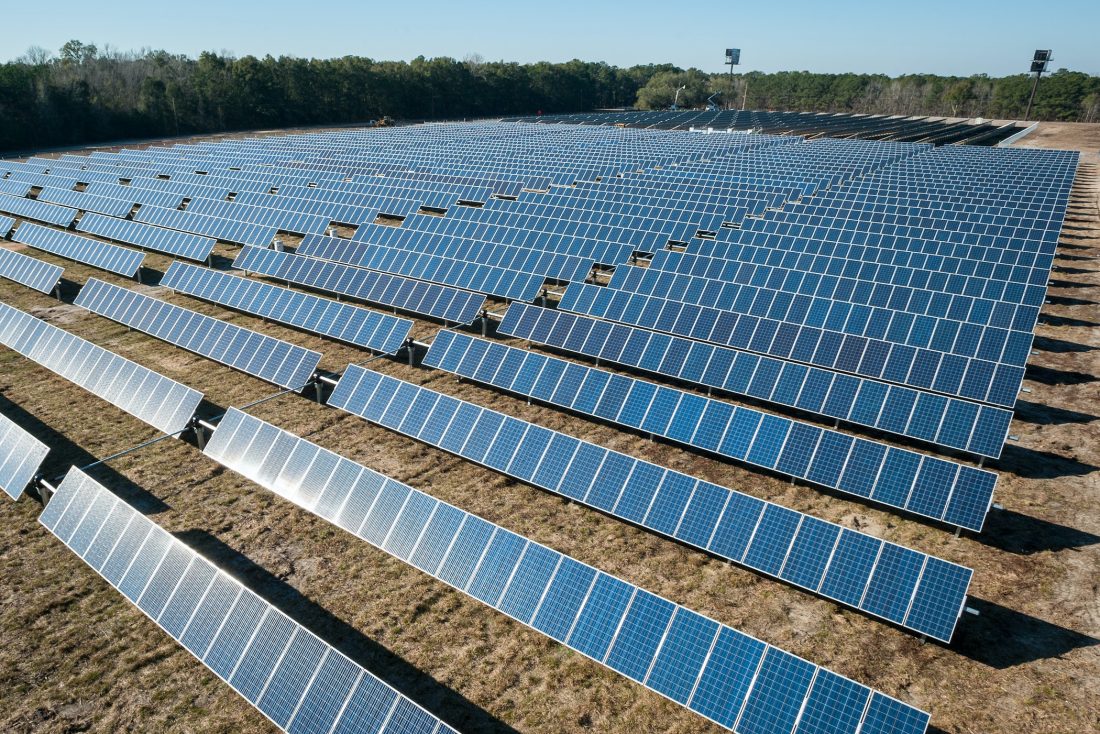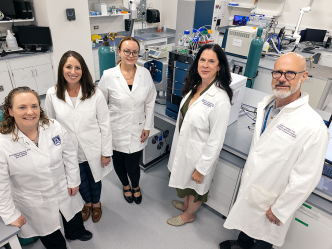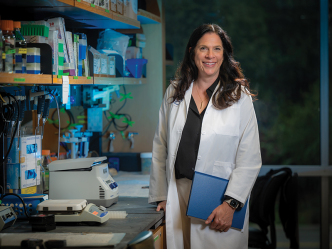In the U.S., more and more individuals and corporations are making it a priority to go green in an effort to reduce fossil fuels.
Studies have proven carbon dioxide is a main contributor to human-caused climate change, so we’re tapping into natural elements more often to reduce the use fossil fuels.
From solar farms to solar panels on houses and wind turbines, it’s tough not to find efforts to go green, and that’s a move in the right direction, according to Jessica Reichmuth, PhD, professor in the Department of Biological Sciences in the College of Science and Mathematics.
She said we’re heading in the right direction, but more can be done.
“We are taking the right steps, but I’m not sure if we will be entirely able to use green energy, but we definitely need to be more green than we are today,” said Reichmuth. “Fossil fuels will eventually run out and are a non-renewable resource.”
Homeowners and municipalities are tapping into solar panels most often as a green resource.
Some concerns include the cost involved and the fact that, in most cases, the panels are permanently attached to a house. Reichmuth points to California as an example of a state trying to ease that burden. Those who are moving into a rental house and know they aren’t going to be there for a long period of time can have a company attach removable panels.
There are other companies jumping into the leasing of solar panel business, as well. Even small panels the size of a binder located in the backyard can make a big difference in producing a noticeable amount of electricity.
These are great steps, said Reichmuth, but more progress can still be made.
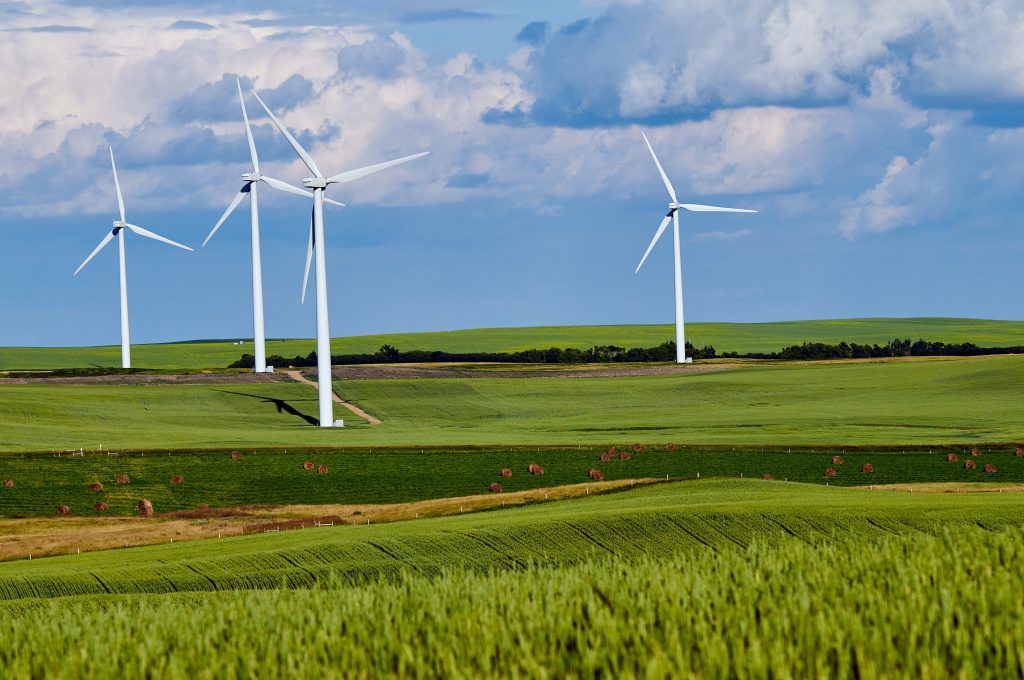
“We are at a point within society with green technology that we know and understand how to make solar panels. The infrastructure is there to support them. We just need a movement to get them so they’re used everywhere,” added Reichmuth.
Wind turbines remain a big source of discussion. Yes, they provide an alternative electric source, but at what cost, Reichmuth asks. A big negative is the possibility of bird strikes.
“Birds will learn to navigate around wind turbines. They are not built in a way that they are impervious to long-distance migration.”
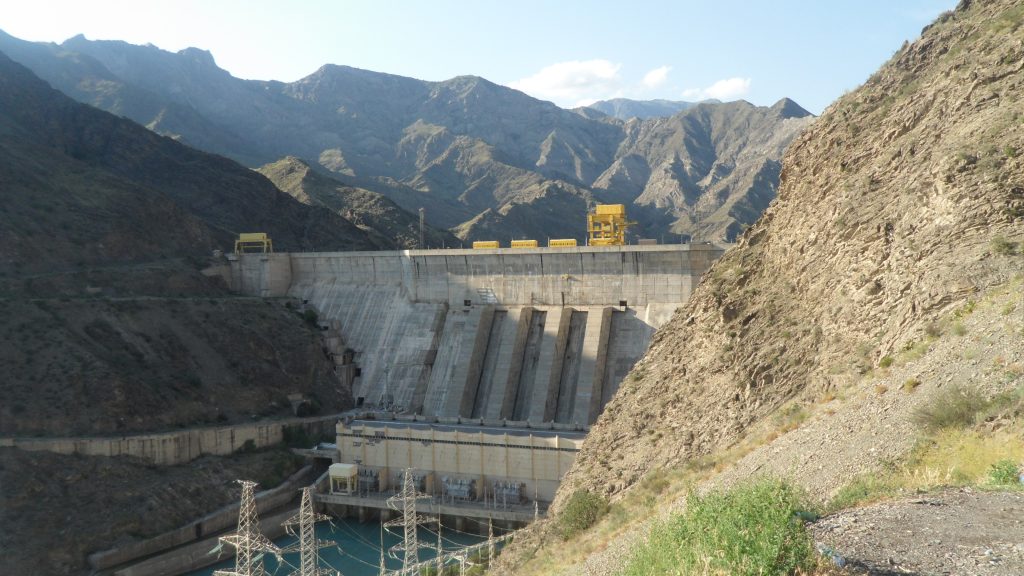
Hydroelectricity and geothermal energy are two other green sources of energy. There are not a lot of areas in the U.S. that offer geothermal resources, and so far as hydroelectricity goes, there’s still concern in Reichmuth’s eyes.
“I think it would be great to see if dams are going to be used for hydroelectricity, but not as a water containment system. There are portions of the U.S., especially in the southwest, that are dealing with water issues because we have dammed them. Hydroelectricity is good if the dam is used specifically for that purpose and not water containment.”
 Augusta University
Augusta University
